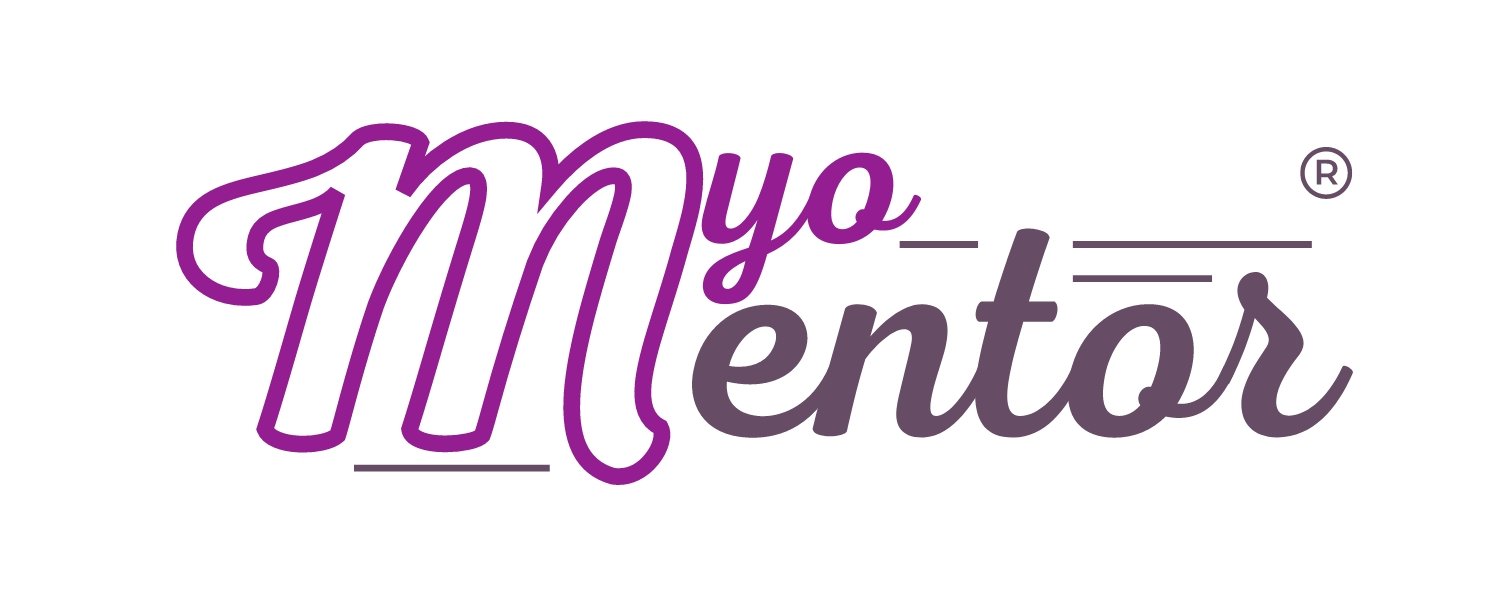When it comes to sleep apnea, the field of myofunctional therapy seems to be filled with confusion. With so many practitioners from different backgrounds coming together, it’s easy to see why. Myofunctional therapists mostly have degrees in dental hygiene or speech pathology, but we tend to work with specialists ranging from pediatric dentists, orthodontists, and lactation consultants, to chiropractors, massage therapists, cranial osteopaths, and more.
We all have different perspectives on the same part of the body – the mouth – and we all want to do the best we can to provide quality care for our patients. So what makes the topic of sleep apnea so difficult?
I have one word for you, diagnosis.
This one little concept has a lot of fear, liability, protective wording, and general anxiety all wrapped around it, and I’m still not sure why.
As far as I know, the only practitioners who can diagnose sleep apnea are medical doctors. So this means that even a dentist who specializes in sleep dentistry can’t diagnose a patient with sleep apnea.
I’m not a dentist, and I’m definitely not a medical doctor, so this seems pretty cut and dry to me. As a dental hygienist or as a myofunctional therapist, I can’t diagnose a patient with sleep apnea, and neither can the orthodontist who referred the patient to me. Easy right?
What both the orthodontist and I can do however, is to be the best advocate for our patients’ health that we know how to be. As hygienists working in a dental office, we can become familiar with the signs and symptoms of sleep apnea, and discuss these with our patients.
For example, if a patient in your chair tells you that he snores so loudly at night that his wife sleeps in the other room, and that he feels chronically tired and fatigued, and then he falls asleep in the chair while you’re cleaning his teeth, then you can recognize these signs as a potential problem. You can and should ask him about it. These are possible symptoms of sleep apnea, so it’s in the patient’s best interest for you and/or the dentist to recommend that he talk to his medical doctor about them. The dentist can even write a referral to a sleep clinic if your office has one they regularly refer to.
For me, practicing as a myofunctional therapist, I do this exact sort of thing in my own office. If I recognize symptoms that could be related to sleep apnea, I recommend that the patient talk to their doctor about it, and learn more about having a sleep test done.
I’ve linked a great article here from RDH Magazine about our role as hygienists when it comes to sleep apnea.
So what about treating my sleep apnea patients?
I treat them all the time but not specifically for their sleep apnea. I help them with their tongue posture, nasal breathing, chewing and swallowing foods and liquids, and learning new habits – in exactly the same way I work with all my other patients.
My patients who have sleep apnea are much the same as my patients who breathe normally and healthily at night. The only difference is that during their sessions with me, I often ask them about their CPAP machines or sleep appliances, and whether or not they have been wearing them. My goal is to help these patients stay compliant with what their doctors have recommended, and to act as a resource when they have questions.
Sometimes my patients are pretty smart, and they like to research their sleep apnea online. I’ve had a few ask me if the exercises that I teach them will help with their sleep apnea.
I think this is where a lot of myofunctional therapists start to get worried. But there’s no need.
So what do I tell these patients?
“Maybe” is my answer.
I tell my patients that my job is to help them retrain their tongue so that it rests in the proper position inside their mouth. It’s my job to help them learn to breathe through their nose and keep their mouth closed, and it’s my job to help them learn how to swallow without thrusting their tongue forward.
And that’s it!
However, I also tell them that if their sleep apnea symptoms improve by doing exercises, then that’s great. If they don’t improve, then it’s still great that they’ve learned new, healthier habits through working with me.
We are still learning about the benefits of oropharyngeal exercises when it comes to sleep apnea, and several studies, like the one here have been published recently suggesting that exercises may be a good complement to CPAP and sleep appliance use.
But for now, all I know is that it’s my responsibility to be an advocate for my patient’s best health, and that I’m in a really good position to recognize sleep apnea symptoms that may get missed by the patient, or their other practitioners. I’m happy to talk to them about sleep apnea if I recognize the signs and symptoms, because I realize that I may be the first person to catch it early enough to make a difference.
So, for all the other myofunctional therapists out there, and for all the hygienists aspiring to make this field part of your career, I hope this article inspires you to be less stressed and confused when it comes to sleep apnea.
Unless you are diagnosing sleep apnea, or telling patients that you will cure their sleep apnea with your myofunctional therapy exercises, you are on the right track! You’re helping patients by talking to them about it, and that’s the most important thing you can do.




